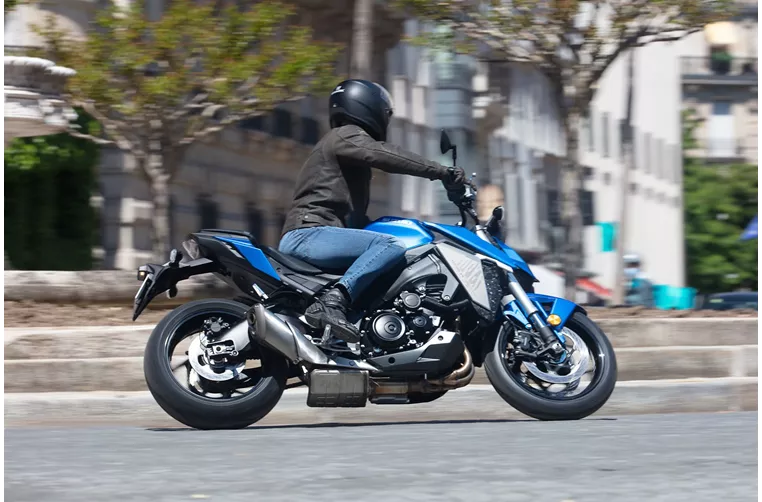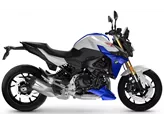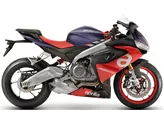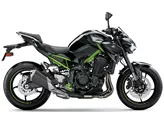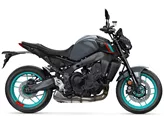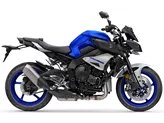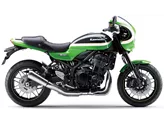Suzuki GSX-S950 2021 vs. Kawasaki Z900 2019
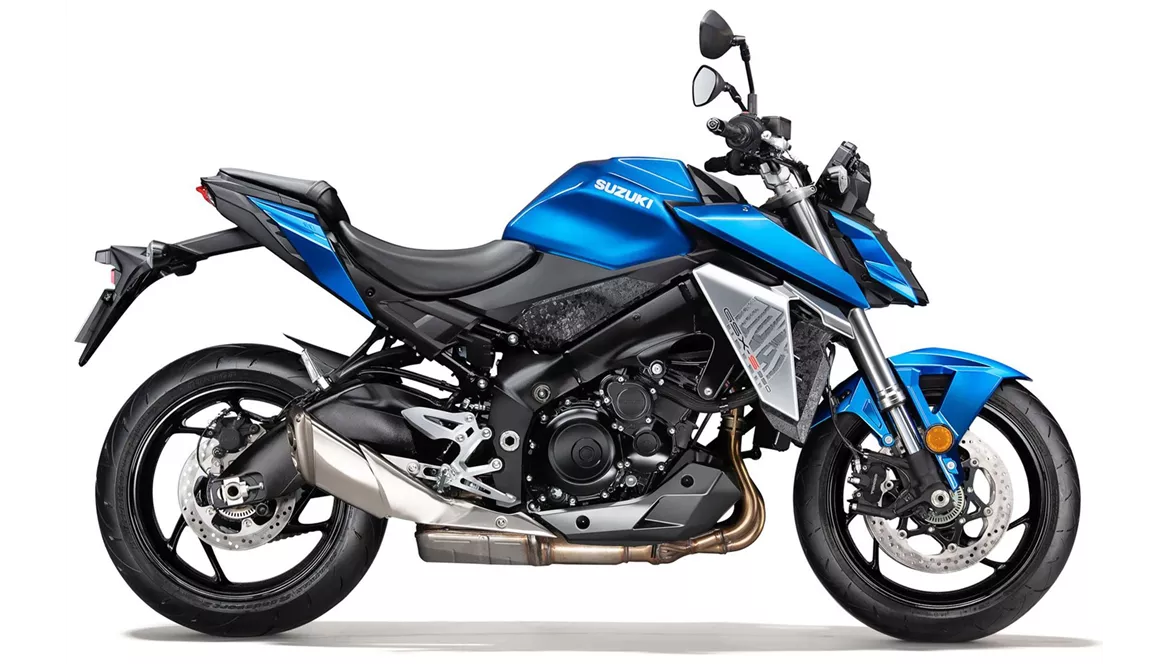
Suzuki GSX-S950 2021

Kawasaki Z900 2019
Overview - Suzuki GSX-S950 2021 vs Kawasaki Z900 2019
The Suzuki GSX-S950 2021 and the Kawasaki Z900 2019 are both naked bikes with similar engine types, fuel systems, and cooling systems. However, there are several differences between the two models.
In terms of engine power, the Kawasaki Z900 2019 has a higher output with 125.4 HP compared to the Suzuki GSX-S950 2021's 95 HP. The Kawasaki also has a slightly higher torque of 98.6 Nm compared to the Suzuki's 92 Nm. This means that the Kawasaki may offer a more powerful and responsive ride.
Both bikes have four cylinders and a displacement of around 900-1000 ccm, which provides a good balance between power and efficiency.
In terms of suspension, both bikes feature upside-down telescopic forks in the front and a swing arm with a monoshock in the rear. This setup provides good stability and handling for both models.
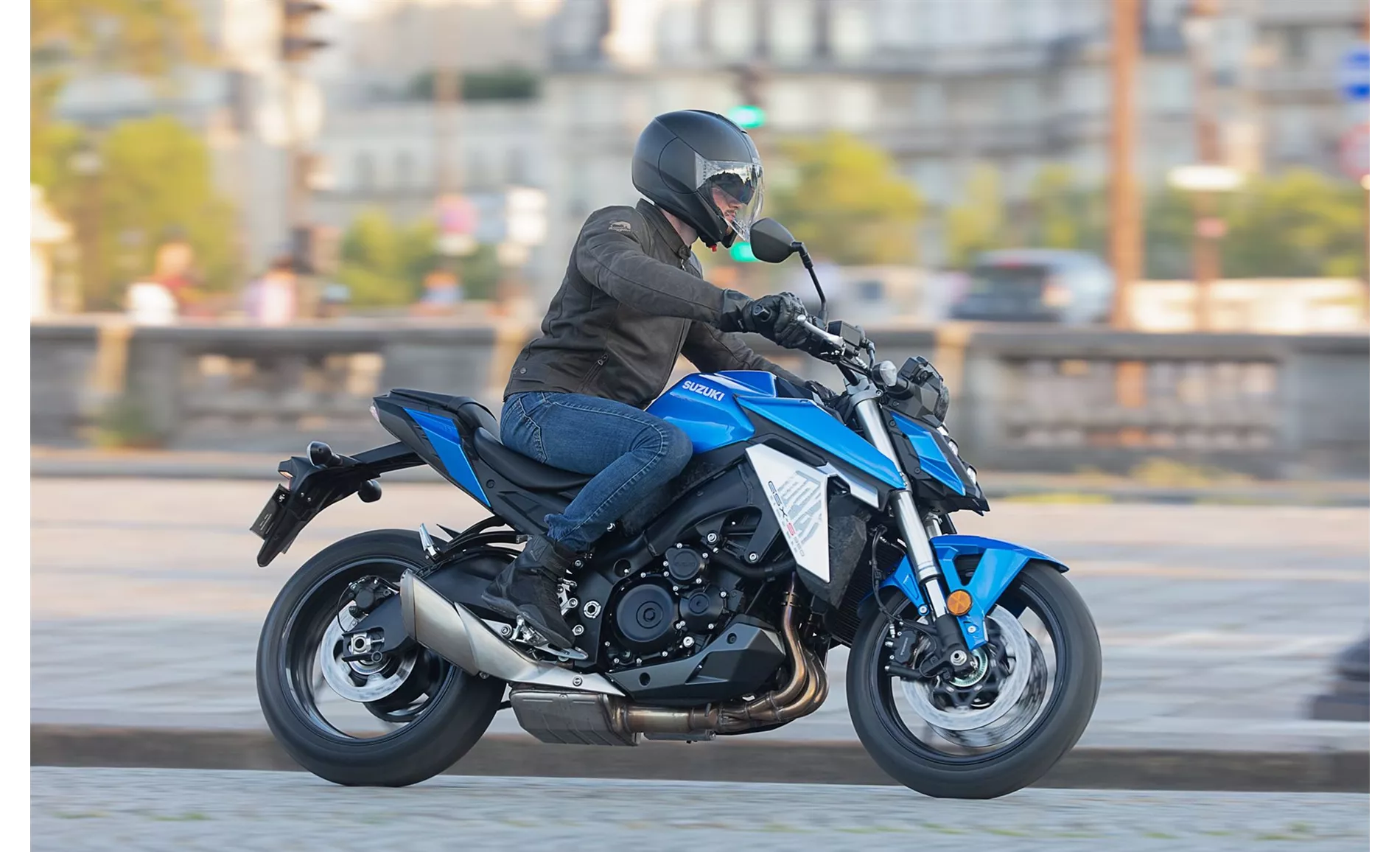
Suzuki GSX-S950 2021
The chassis of the Suzuki GSX-S950 2021 is made of aluminum and has a twin tube frame, while the Kawasaki Z900 2019 has a steel frame with a double cradle design. The aluminum frame of the Suzuki may offer a lighter and more rigid structure, which can contribute to better handling and maneuverability.
Both bikes have double disk brakes in the front with four pistons, but the Suzuki has a larger diameter of 310 mm compared to the Kawasaki's 300 mm. The Suzuki also has radial technology, which can provide better braking performance and control.
In terms of advanced rider assistance systems, the Suzuki GSX-S950 2021 offers ABS, Ride by Wire, and Traction control, while the Kawasaki Z900 2019 only has ABS.

Kawasaki Z900 2019
In terms of dimensions and weights, both bikes have similar front and rear tire widths and diameters. The Suzuki has a slightly longer wheelbase of 1460 mm compared to the Kawasaki's 1450 mm. The seat height of the Suzuki is also slightly higher at 810 mm compared to the Kawasaki's 795 mm. The kerb weight of the Suzuki with ABS is 214 kg, while the Kawasaki weighs 210 kg.
When it comes to strengths, the Suzuki GSX-S950 2021 is praised for its engine with plenty of punch from below, good sound, stable brakes, and comfortable seating position. On the other hand, the Kawasaki Z900 2019 is known for its light and natural handling with high stability, silky engine with full pull from mid revs, high chassis transparency, great feedback, and a sitting position with a feel-good factor. The Kawasaki is also considered to have a fair price.
In terms of weaknesses, the Suzuki GSX-S950 2021 is criticized for its chassis being too soft and not adjustable, as well as its cockpit not being easy to read in sunlight. The Kawasaki Z900 2019 has a TFT display mounted too low, cumbersome menu operation, and rearview mirrors that offer modest visibility.
Overall, both the Suzuki GSX-S950 2021 and the Kawasaki Z900 2019 have their own strengths and weaknesses. The Suzuki may appeal to riders looking for a comfortable and powerful naked bike, while the Kawasaki may be more suitable for those seeking a bike with excellent handling and a smooth engine.
Technical Specifications Suzuki GSX-S950 2021 compared to Kawasaki Z900 2019
Pros and Cons in comparison
Pros and Cons in comparison
Suzuki GSX-S950 2021

The "small" GSX-S950 is damn close to the GSX-S1000, which is why it seems as if the proud surcharge for the 1000 will have to be properly justified. However, anyone who wants it to be as sporty as on the GSX-S1000 will already fail due to the somewhat too soft, non-adjustable suspension. However, this more comfortable design of the 950 fits the character of the engine very well. With (only) 95 hp, the engine, which is identical to the GSX-S1000, is designed for torque from below and in the middle; there is little point in stubbornly wriggling out. So if you are looking for a comparatively comfortable naked bike that is suitable for A2 and that can hardly be distinguished visually from the top model, you can save a lot of money!
Kawasaki Z900 2019

Fortunately, the new Kawasaki Z900 has lost none of its character through the use of electronics. It is and remains a playful mid-range naked bike, which at the same time masters the brisk pace on the country road magnificently. The riding pleasure and suitability for everyday use are high, the now installed riding aids offer a plus in safety. Your opponents will have a really hard time from now on.
Price Comparison Avarage Market Price Suzuki GSX-S950 vs Kawasaki Z900
There are a few key differences between a Suzuki GSX-S950 2021 and a Kawasaki Z900 2019. It takes less time to sell a Kawasaki Z900 with 116 days compared to 298 days for the Suzuki GSX-S950. Since model year 2021 1000PS.de editors have written 10 reviews for the Suzuki GSX-S950 and 46 reviews for the Kawasaki Z900 since model year 2017. The first review for the Suzuki GSX-S950 was published on 16/06/2021 and now has more than 37,200 views. This compares to more than 93,200 views for the first review on Kawasaki Z900 published on 11/11/2016.
